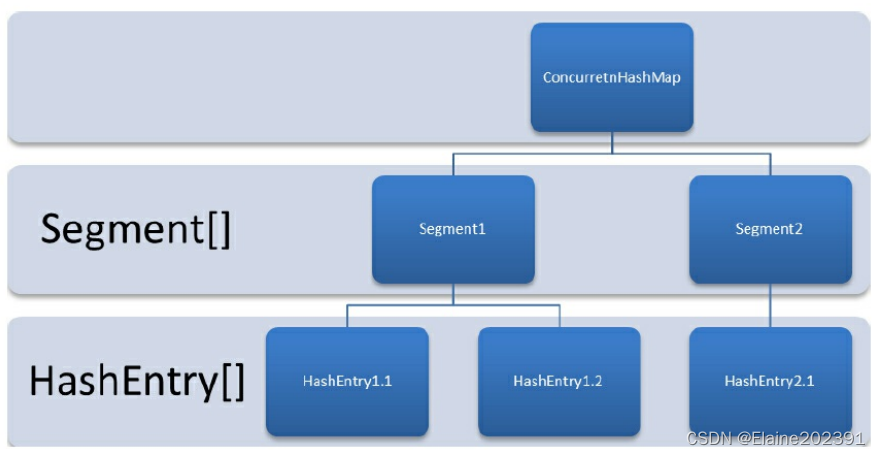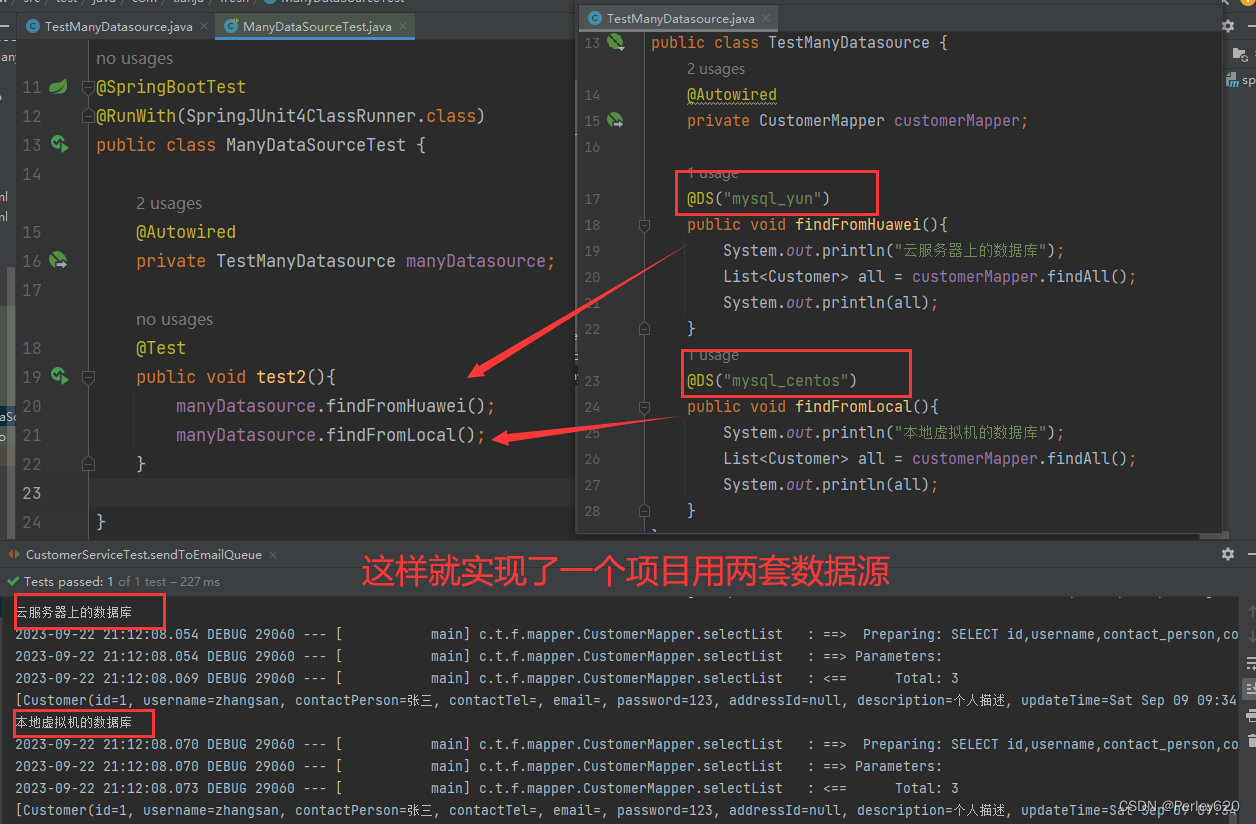环境安装
npm安装
Node.js各版本:Previous Releases | Node.js (nodejs.org)
Linux
-
从官网下载最新版,文件名中是带了linux字样的,如node-v16.20.0-linux-x64.tar.xz
-
解压:如果是tar.xz文件,则先用xz -d node-xxxxx.tar.xz现将tar.xz解压为tar包,然后再tar -xvf node-xxx.tar解压;如果是tar.gz文件,则直接tar -zxvf node-xxx.tar.gz解压
-
将解压目录移动到/usr/local/:mv node-v16.20.0-linux-x64 /usr/local/node
-
创建软链接:ln -s /usr/local/node/bin/node /usr/bin/node
-
创建软链接:ln -s /usr/local/node/bin/npm /usr/bin/npm
-
查看命令的版本:npm -v;node -v
Windows
下载安装node-vxx.x.x-x64.msi
常用配置
设置源
npm config set registry xxxxx
# npm config set registry=http://registry.npm.taobao.org
设置默认目录
# Linux
npm config set prefix "/usr/local/node/global"
npm config set cache "/usr/local/node/cache"
# Windows
npm config set prefix "D:\nodejs\node_global"
npm config set cache "D:\nodejs\node_cache"
安装前端构建工具
vuecli_53">vue-cli脚手架
npm install -g @vue/cli
vite
npm install -g vue@latest
npm install -g webpack
npm install -g webpack-cli
npm install -g vite
安装基本模块
npm install -g element-plus
npm install -g axios
npm install -g vue-router
npm install -g vuex
创建和启动项目
vuecli_83">vue-cli
vue create 项目名称
cd 项目名称
npm install # 安装模块
npm run serve # 启动运行
vite
npm init vite-app 项目名称
cd 项目名称
npm install
npm run dev
具体命令,详见vite.config.js配置文件
基本代码框架
引用elementPlus
main.js
// 导入element-plus
import ElementPlus from 'element-plus'
import 'element-plus/dist/index.css'
import * as ElementPlusIconsVue from '@element-plus/icons-vue'
// icon使用
const app = createApp(App)
for (const [key, component] of Object.entries(ElementPlusIconsVue)) {
app.component(key, component)
}
// 使用element-plus
app.use(ElementPlus)
vue_137">页面vue框架
vue_139">App.vue
vue"><template>
<RouterView />
</template>
<script>
export default {
}
</script>
vue_152">MainView.vue
src/views/MainView.vue
vue"><template>
<el-container class="layout-container-demo" >
<el-aside width="200px" class="aside">
<el-scrollbar>
<h2 style="margin-top:5px;text-align:center;font-weight:bold">C I S P</h2>
<el-menu :default-openeds="['1']" :router="true">
<el-menu-item index="/">
<el-icon><House /></el-icon>
<span>首页</span>
</el-menu-item>
</el-menu>
</el-scrollbar>
</el-aside>
<el-container>
<el-header>
<div class="toolbar">
<el-dropdown>
<el-icon ><setting /></el-icon>
<template #dropdown>
<el-dropdown-menu>
<el-dropdown-item><el-button link @click="userLogout">LogOut</el-button></el-dropdown-item>
</el-dropdown-menu>
</template>
</el-dropdown>
<span> James </span>
</div>
</el-header>
<el-main class="middle">
<RouterView />
</el-main>
</el-container>
</el-container>
</template>
vue_195">Login.vue
src/views/Login.vue
vue"><template>
<div style="display: flex;justify-content: center;margin-top: 150px">
<el-card style="width: 500px">
<div class="clearfix" style="text-align:center">
<h2>用户登录</h2>
</div>
<table style="margin-top:40px;width:100%">
<tr>
<td>用户</td>
<td>
<el-input v-model="user.username" placeholder="请输入用户名"></el-input>
</td>
</tr>
<tr>
<td>密码</td>
<td>
<el-input type="password" v-model="user.password" placeholder="请输入密码" @keydown.enter="doLogin"></el-input>
</td>
</tr>
<tr>
<td colspan="2">
<el-button style="width: 50%;margin-left:25%;margin-top:20px" type="primary" @click="doLogin">登录</el-button>
</td>
</tr>
</table>
</el-card>
</div>
</div>
</template>
关于登录,可详见本人《vue3-简单登录认证前端实现样例-CSDN博客》一文。
路由设置
src/router/index.js
import { createRouter, createWebHistory } from 'vue-router'
import MainView from '../views/MainView.vue'
import LoginView from '../views/LoginView.vue'
const router = createRouter({
history: createWebHistory(import.meta.env.BASE_URL),
routes: [
{
path: '/',
name: 'Home',
component: MainView
},
{
path: '/aaa',
name: 'aaa',
component: MainView,
children:[
{
path: 'aaa/bbb',
name: 'aaa_bbb',
component: () => import('@/components/xxxx.vue'),
meta:{
}
}
]
},
{
path: '/login',
name: 'Login',
component: LoginView,
meta:{title:"登录"}
},
{
path: '/:pathMatch(.*)*',
name: 'NoFound',
component: () => import('@/components/404.vue'),
meta:{title:"404"}
},
]
})
关于多级路由设置,详见本人《vue3-多级路由实现登录页面与业务功能页面分离_扬雨于今的博客-CSDN博客》






